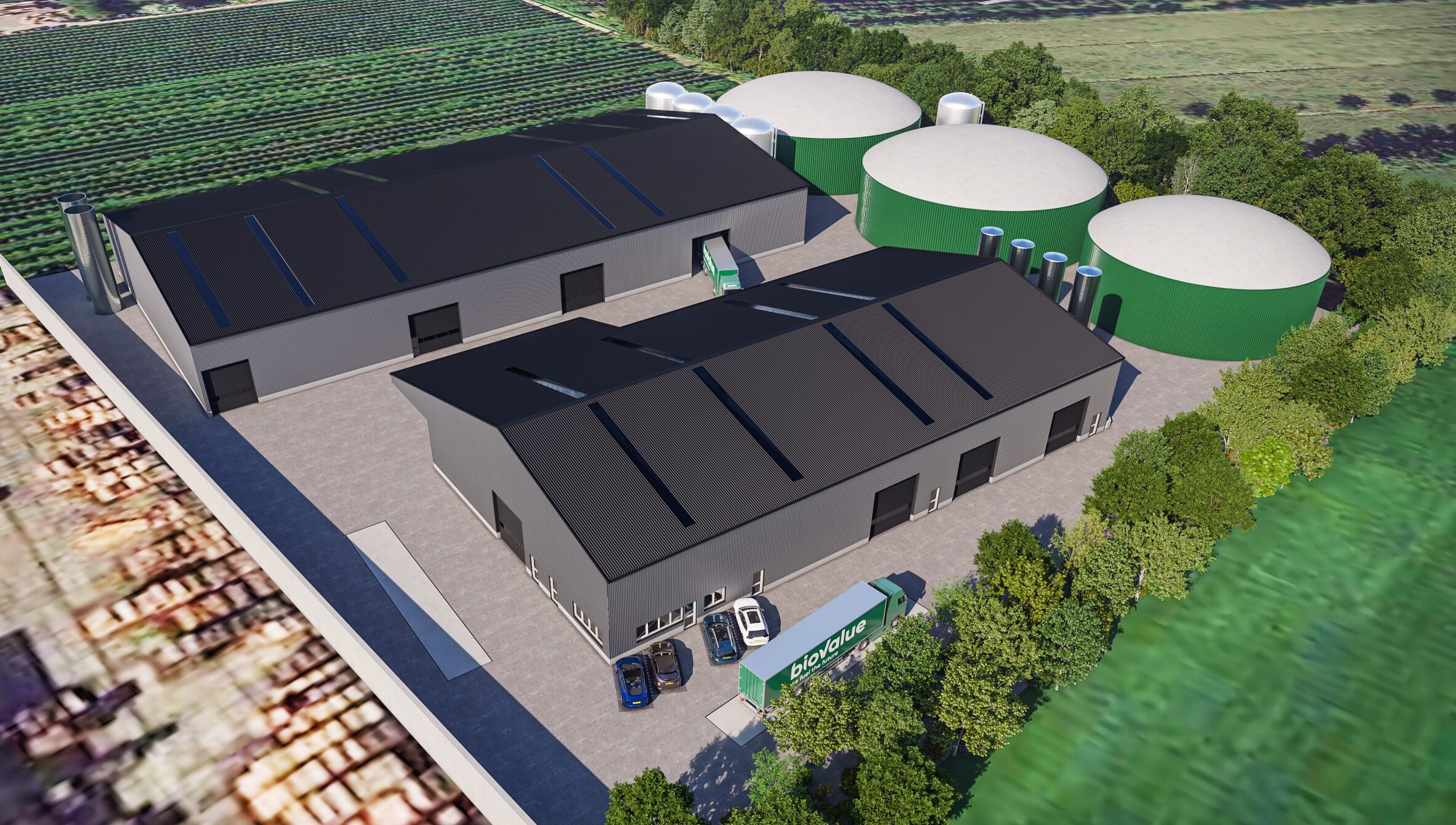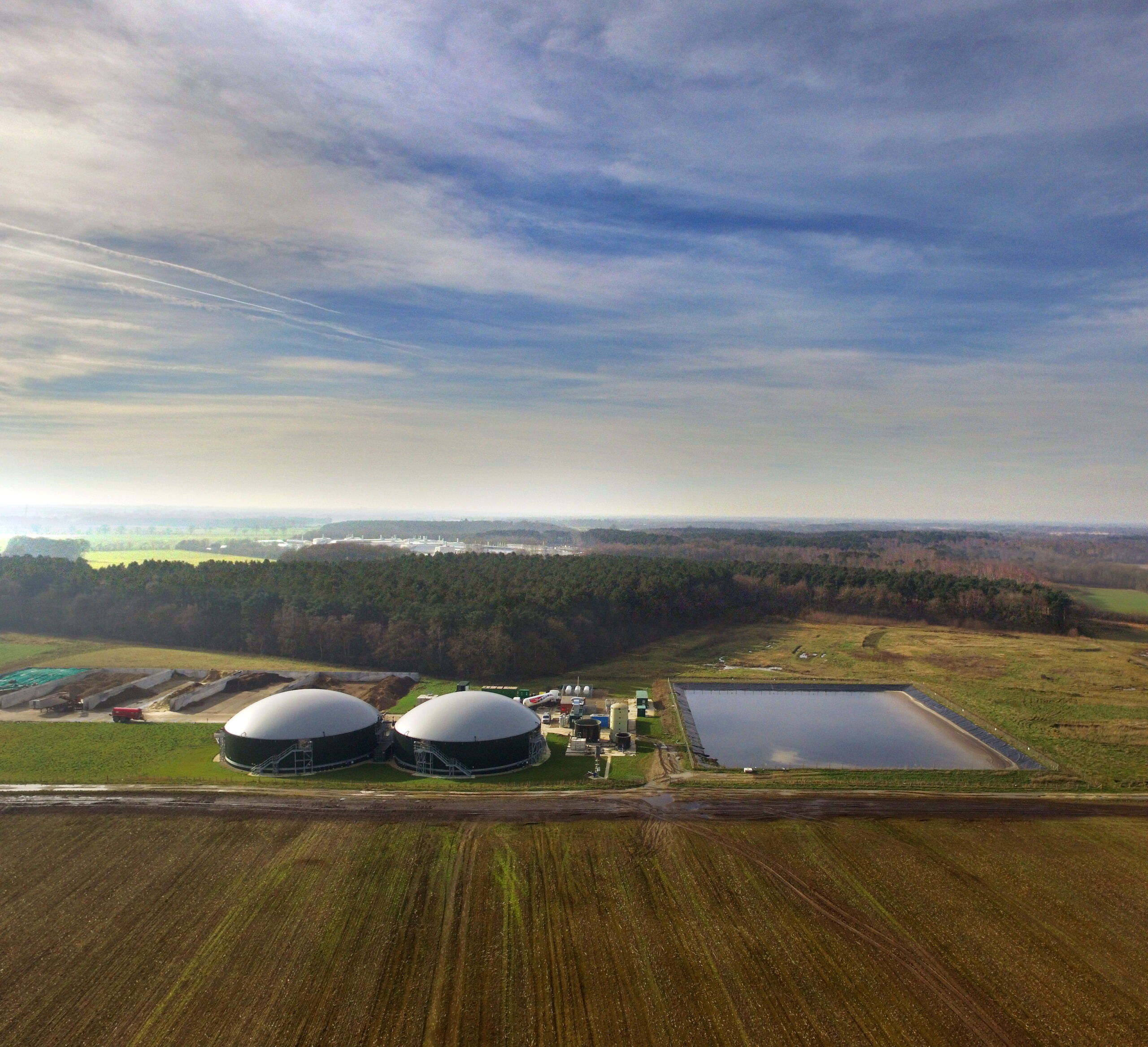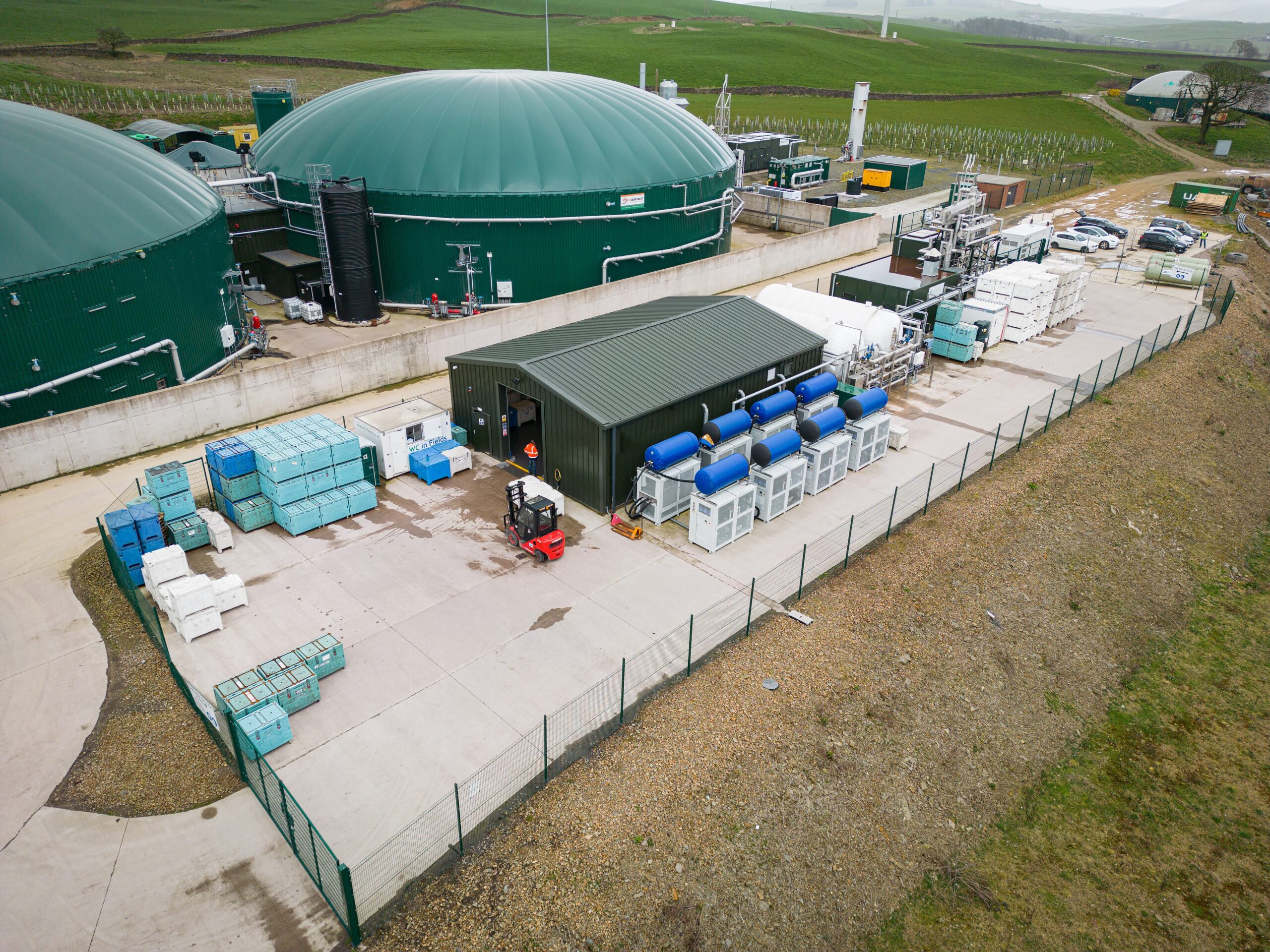An article in the BBC last week covered how a rise in demand for gin has helped fuel plana for a £46m grain distillery in the Borders. Jackson Distillers has indicated that the new facility will produce 20 million litres of alcohol per year and will provide 20 permanent jobs, 200 during the facilities construction.
The distillery is aiming to ‘play [a] part in helping Scotland meet its climate change ambitions, sending zero waste to landfill with sustainability at the forefront of its production practises’ (BBC, 2021). In order to achieve this the distillery is sending all spent grain and pot ale to Iona Capital’s St Boswells Biogas facility situated locally to the gin factory.
St Boswell’s Biogas has a strong performance record to date despite the ongoing coronavirus pandemic. The plant is located near Charlesfield and is currently operated by Biogas Power.
In Q4 of 2020 the plant generated 9,378,447 m3 of biomethane without the addition of propane. When compared to consumers using Natural Gas as an alternative the use of this biomethane equates to roughly 1,951 tonnes of CO2 being saved using Ricardo’s GHG carbon savings calculator.
Taking the annual average energy consumption for a medium sized household in the UK outlined by OFGEM (2020) St Boswells Biogas alone has catered for the gas needs of 850 local Scottish Borders residents for one year in just three months when including small injections of propane into the grid.
In addition to the plant’s competitive gas-to-grid export, the plant’s CHP engine produces 550,090kWh of electricity representing 99.7% of installed capacity. This caters to all St Boswell’s onsite energy requirements as well as contributing a small amount of excess of energy to the national grid. The site also provides full-time employment for three members of staff and has feedstock contracts with over 10 local suppliers which indirectly benefit from the plant’s activities.
This symbiotic relationship between the distillery and the biogas facility will undoubtedly have a positive impact on local employment levels as well as the catchment areas carbon footprint. For further information please contact [email protected].




